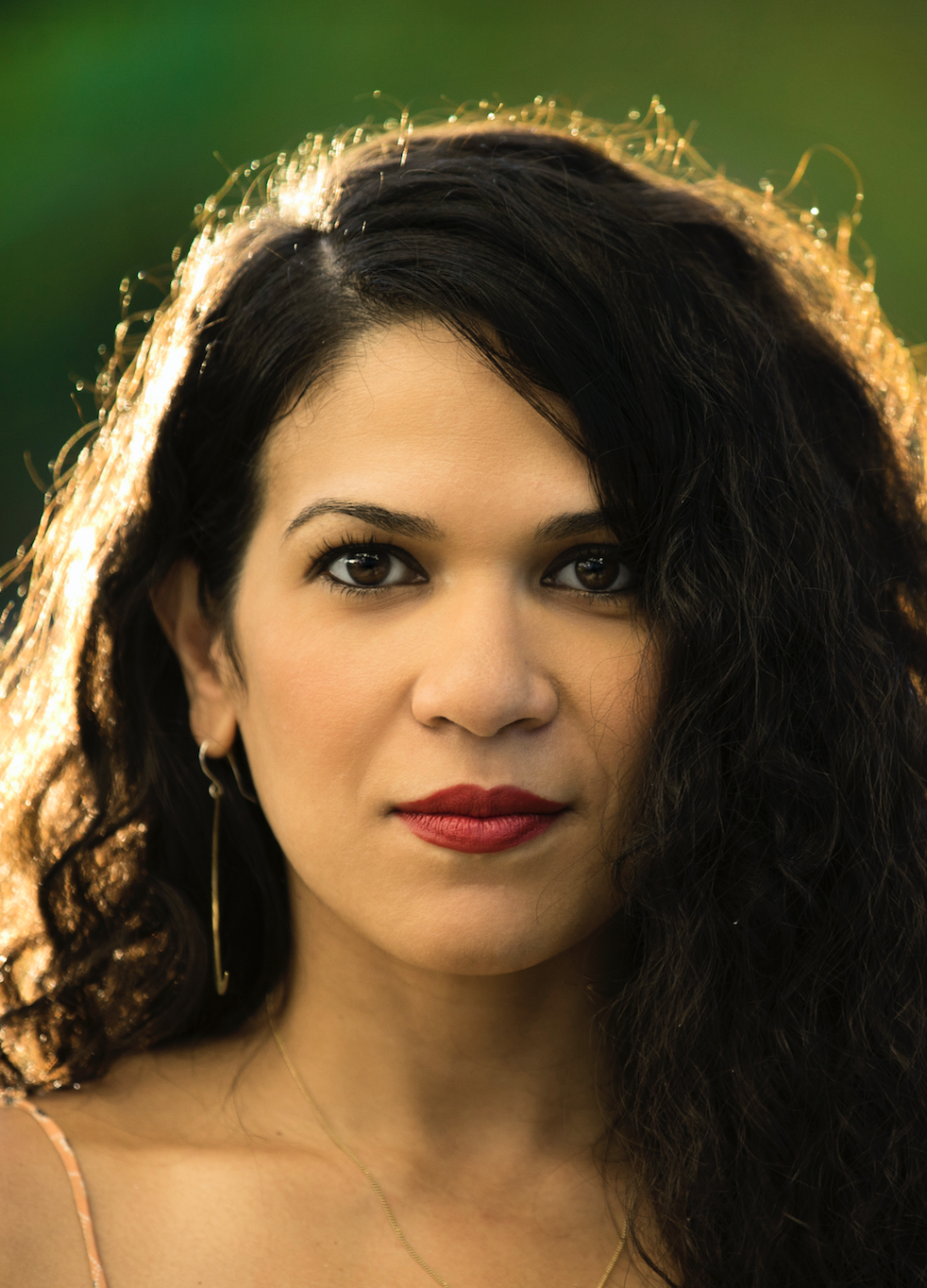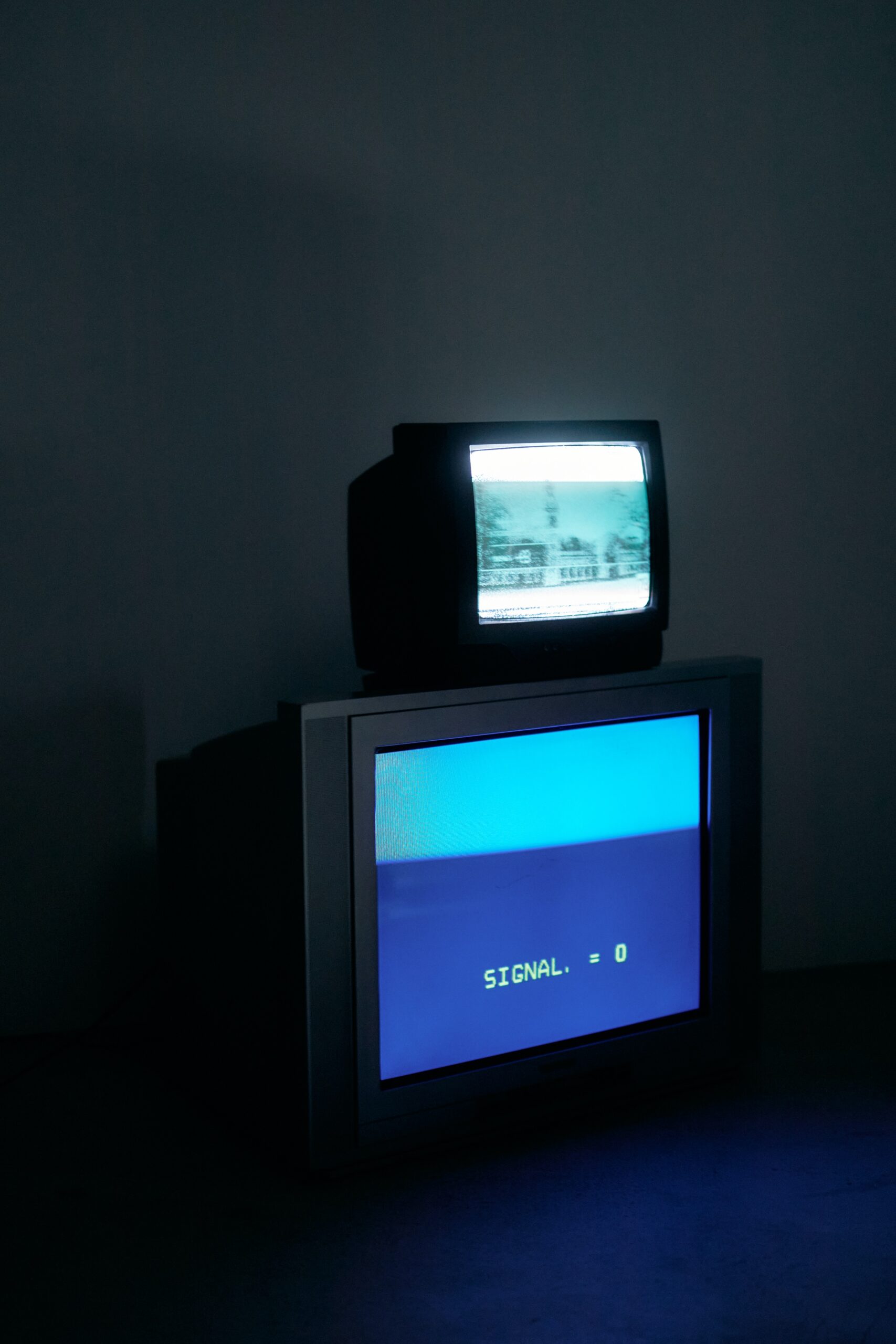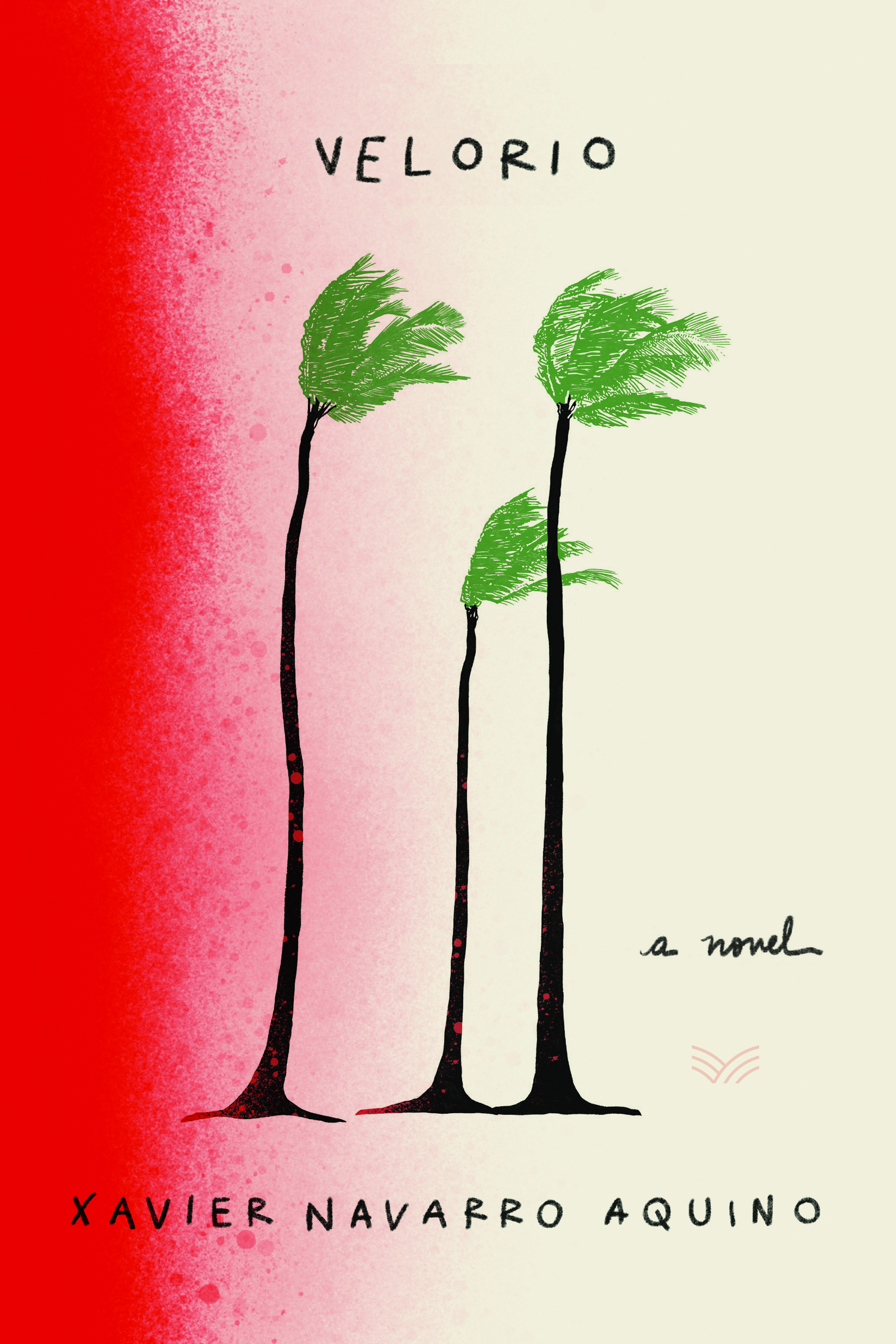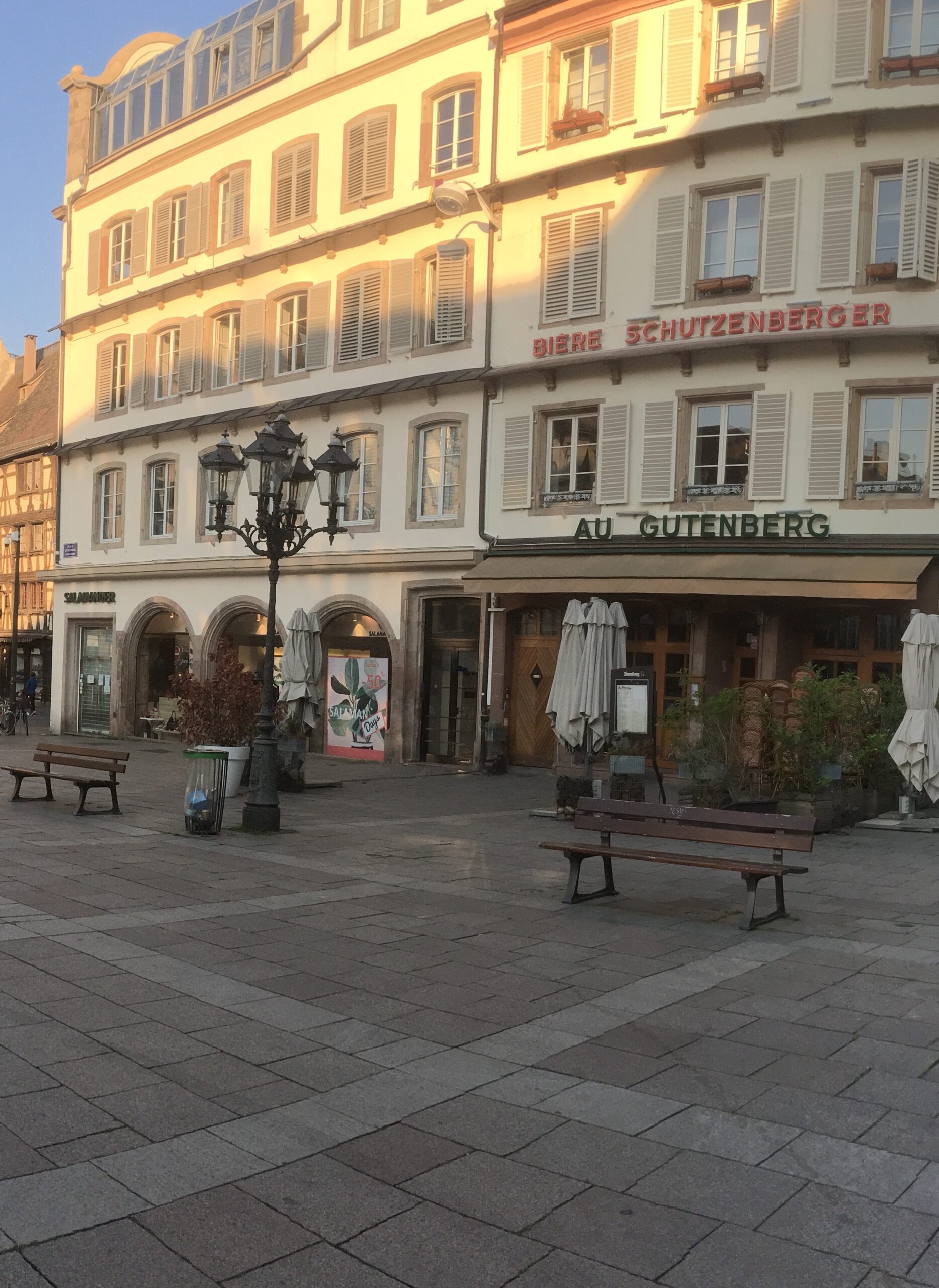
Your name: Ana Teresa Toro
Current city or town: San Juan, Puerto Rico
How long have you lived here: With the exception of two years in Spain, I’ve lived in Puerto Rico almost my whole life. I was born and raised in the center of the island, in a small town called Aibonito.
Three words to describe the climate: Tropical, Hot, Lush (You are going to be hit hard by humidity the moment you walk out of the airport, but then, you will feel the caress of the sun and the wind, and maybe of the rain as well. Also, we are obsessed with air conditioning, so you could go from sweating profusely to freezing in minutes). Also, as Gabriel García Márquez’s novel Cien años de soledad portrayed, in the Caribbean we are still obsessed with ice. Months after the hurricane —when it was really a necessity and we waited 6 or 8 hours in line to buy it— this is still a thing. Ice: the ultimate great thing.
Best time of year to visit? Christmas season (In the island it lasts 50 days and the weather is amazing, but besides that the whole country experiences a feeling of constant celebration during those festive days that start just after Thanksgiving and extend until mid-January when we celebrate Fiestas de la Calle San Sebastián, a popular festivity with a bit of the experience and feeling of a carnival. We also celebrate the Three Kings Day on January 6th, and share lots of “arroz con gandules”, “pasteles”, “lechón asado”, and our beloved “pitorro.” Most of it made by our mothers and grandmothers.)
1. The most striking physical features of this city/town are. . .
Before thinking about any physical feature, the first thing that is absolutely astonishing in San Juan (and in the whole island) is the intensity of the light and the colors of our flora. You could even try to count the many shades of green that you will find. The beauty of the landscape, and the generosity of the many urban beaches you can find in San Juan is what I believe is truly remarkable about the city. And I think this because is not only about a typical Caribbean postcard kind of experience, but because when you get there, the place will get into you as well. Use sunscreen every day and yes, buy that Panama hat.
Definitely if you come to San Juan you have to walk around Old San Juan, a colonial classical Caribbean city with many historical and architectural connections with cities like Santo Domingo, La Habana and Cartagena de Indias. There you can enjoy places like our 16thcentury citadel El Morro, Iglesia San José one of the very first manifestations of the gothic style in the Americas and La Casa del Libro an amazing small museum with many treasures and a beautiful selection of incunables, a particular favorite of mine. Also in Old San Juan you should go to La Factoria, one of the World’s Best 50 Bars and discover a nice drink and dance some salsa. Visiting la Placita de Santurce and tasting the variety of local restaurants there as well as the live salsa would be a great choice. But if you want to go deeper and really connect with the music and have an authentic cultural experience, you should go to la Terraza del Bonanza, a bomba and plena place in the barrio of Santurce with great musicians and dancers performing casually every Monday night. Nearby is La Calle Loíza, a street full of live, restaurants and local stores but mainly the epicenter of our deep connection with the Dominican community and an important spot to understand the cultural and social history of the city.
If you go to the Museo de Arte de Puerto Rico, ask about the Platano Pride Hall.
A good beach in San Juan: Ocean Park, Isla Verde or El Escambrón.
In summary, coming to San Juan is about feeling and tasting: the sun, the music, the colors, the food, but specially connecting with the people, that’s our greatest physical feature.

2. The stereotype of the people who live here and what this stereotype misses…
I think all islanders and people from the Caribbean and the tropics share the same stereotype: we are lazy piña colada drinkers who party every day and can give you private dance lessons. Words like “caliente” or any derivate apply.
Naturally this stereotype forgets about our history of hardworking people, and confuses an approach to life with a lack of character. In the Caribbean we dance our sadness (those of us who knows how to dance) and laugh in the middle of a tragedy. There is a song by the Dominican star Juan Luis Guerra (El Niagara en bicicleta) that in a very contagious merengue rhythm tells the story about how the health system does not work and we dance to that social tragedy as a way to overcome it.
3. Historical context in broad strokes and the moments in which you feel this history. . .
The biggest historical context when you think about Puerto Rico is our colonial history and the fact that our political situation is far from being sorted out. An anecdote explains it better. A month after hurricane María a group of artists met with an important mayor from a big US city, and as he was kindly trying to comfort us he told us this words: “Don’t you worry, we are going to push for statehood.” We did not say a word, because we realized how little he understood about our feelings and context. Most of us believed in independence and not in statehood as a solution for our political status. And that is what colonialism does, it infantilizes a society to the point that even when someone wants to help, that same someone could not imagine that this society could decide for themselves. A better approach in this kind of situation, just ask. How do you guys see this problem? How do you want to solve it? What are your ideas?
Something similar —but with a better ending— happened to me as a writer. In a translation someone wrote in my story —in reference to the US— the word “mainland.” For political reasons I would never use that word. And when I explained the person understood and changed it. This is the kind of healthy dialogue we need to have on both sides.
4. Common jobs and industries and the effect on the town/city’s personality. . .
Puerto Rico is in the middle of its biggest economic crisis in recent history, but people are out on the streets rebuilding. Many boricuas are leaving, but there is also a strong creative force working every day to change our circumstances. There are many things to talk about here, but I will choose the one thing that is kind of like our petroleum: music. Our music industry is alive, international, strong and diverse. In a country where there is no embassy, our musicians have become our worldwide ambassadors. So definitely our most amazing product of exportation is our music, and of course, our creative and cultural productions in every possible branch.
5. Local/regional vocabulary or food?
I’ll keep it simple. Food: mofongo or nada. The word you need to know: Puñeta. This word is a curse and a joyful word at the same time. We use it when we are very mad and very excited, and is a sign of our identity. Our word.
6. Local political debates frequently seem to center on . . .
The strongest most present debate without a doubt is our political status. Are we going to keep in a colonial relationship under the current status of Estado Libre Asociado (wrongly translated as the Commonwealth of Puerto Rico)? Are we going to push and aspire to statehood? Are we better of as an independent nation?
Interestingly, what is not a debate is the fact that we are a nation in the cultural and historical context of the word, and we have a strong identity. We still speak Spanish on regular basis and we have no debate when it comes to manifesting who we are: Puertorricans.
*
Read Ana Teresa Toro’s essay in Issue 16, “To Abandon Paradise.”
*
[ Purchase your copy of Issue 16 here. ]
Ana Teresa Toro is a writer and journalist dedicated to exploring politics, colonialism, feminism, and Caribbean cultures. She is author of the novel Cartas al Agua (Letters to the Water) and the chronicles Las Narices de los Perros (Dog’s Noses) and El Cuerpo de la Abuela (The Grandmother’s Body).
Photos by author.




